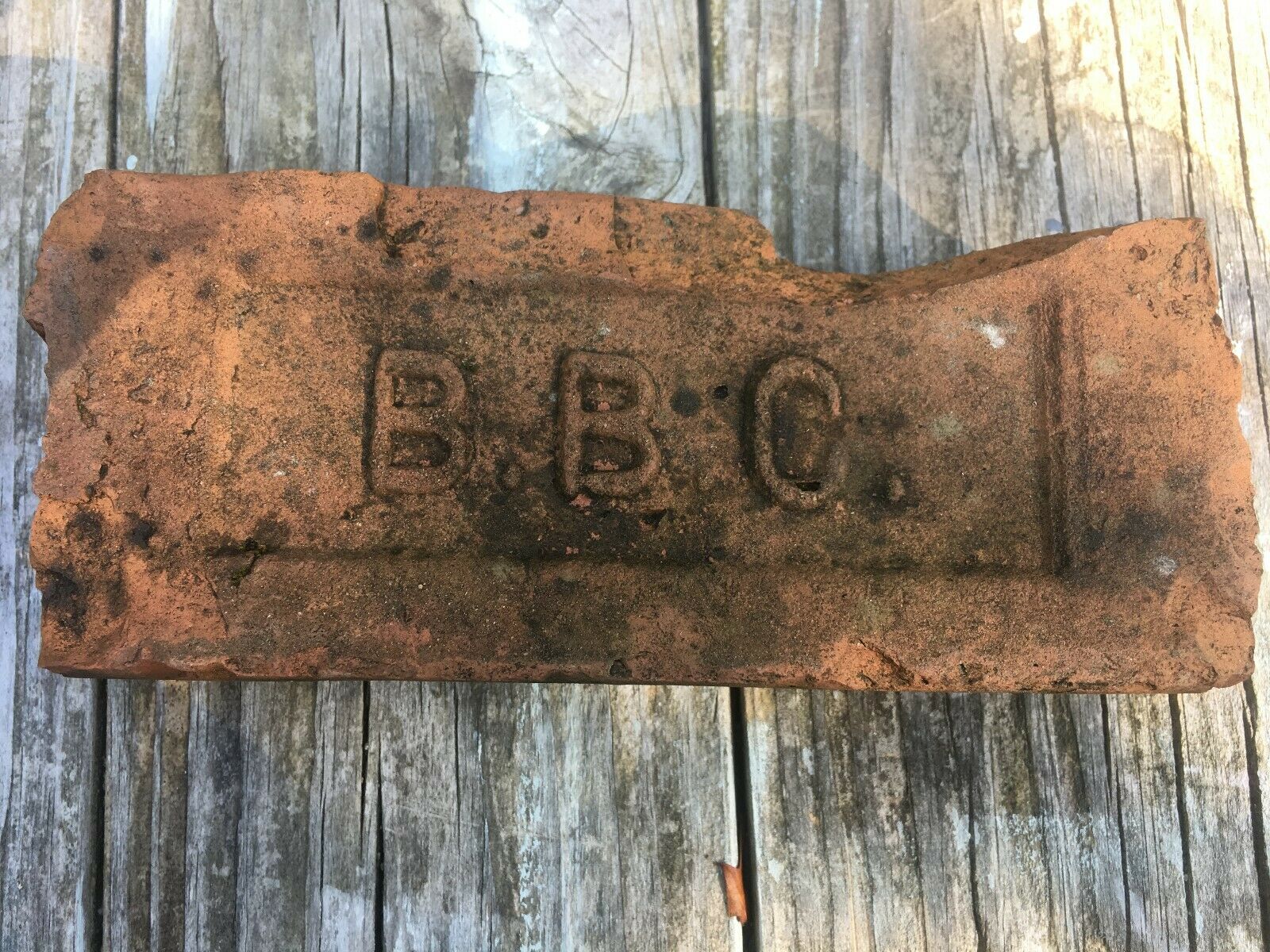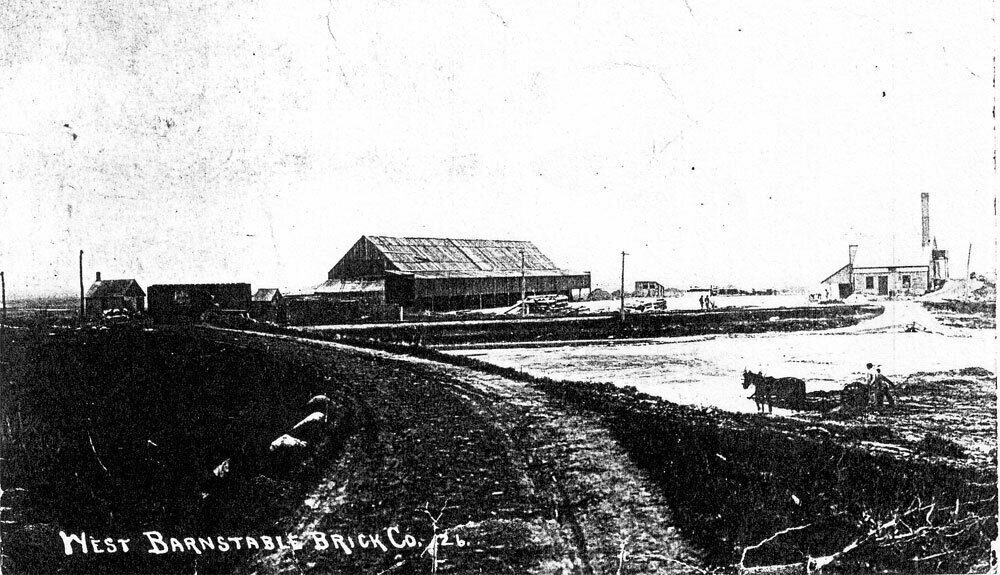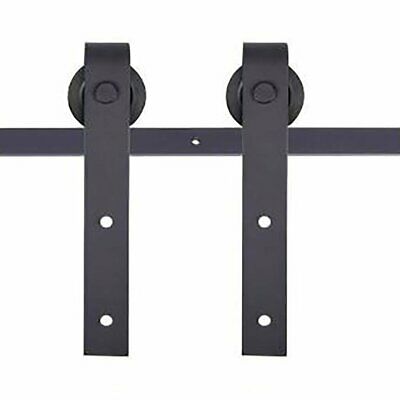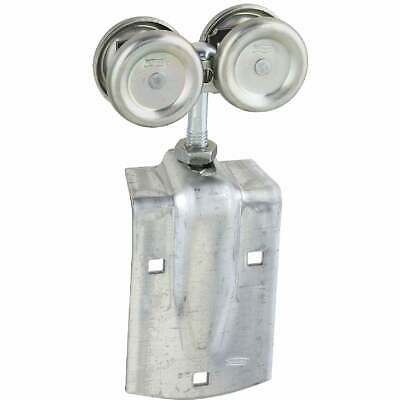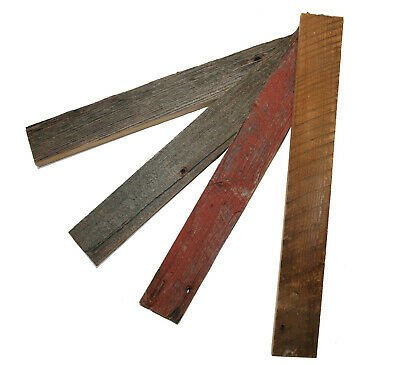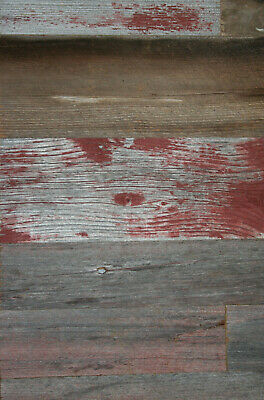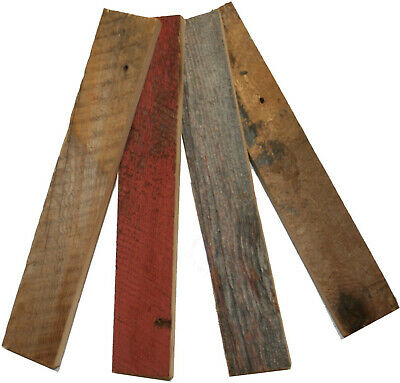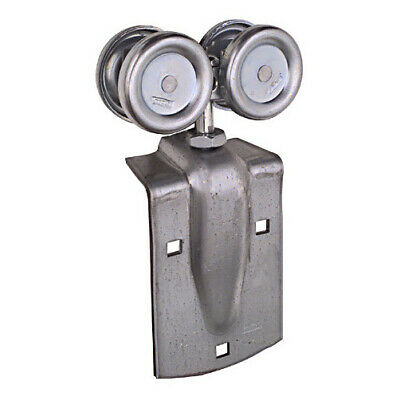-40%
CAPE COD BRICK WEST BARNSTABLE BRICK COLLECTIBLE RARE VINTAGE
$ 26.4
- Description
- Size Guide
Description
Sandy Neck in West Barnstable is a hugely popular and important barrier beach and ecosystem on Cape Cod. It is 3,800 acres of pristine beauty frequented by countless thousands of locals and visitors alike year round. The north side is the well-known beach with the south side being just as important as it is home to West Barnstable’s Great Marsh which extends all the way down to Route 6A. It is here, close to the Old King’s Highway, where huge blue clay deposits were plentiful. For this reason the southern area of Great Marsh would become home to several aspiring businesses which took advantage of said clay. The most famous of which was the legendary West Barnstable Brick Company. This is its story.The history of business along Great Marsh goes back to prior to 1820 when a pottery establishment was opened along the shores to take advantage of the clay deposits. Another would be opened in 1832 and run by Noah Bradford, both would ultimately be unsuccessful. However Bradford’s son, Noah Jr., would take a chance on the Great Marsh location more than forty years later in 1878 when he, along with Levi Goodspeed, and Benjamin and Charles Crocker would create the West Barnstable Brick Company on nineteen acres of prime land.
The company would start small, inundating the local newspapers with advertisements about their product. Slowly they would gain a foothold, even being contracted to supply the bricks for a new jail in Barnstable in December 1878. Its first decade saw the fledgling company struggling to make inroads on Cape Cod. That would change when the company was bought in 1888 by Abel Makepeace the Cape’s resident ‘cranberry king.’ He would add more machinery and more workers, many from Portugal and Finland, allowing the production levels to increase.
West Barnstable bricks were used to rebuild the Cape Cod Exchange building in Harwich, the new town offices in West Barnstable, the new Training School in Hyannis, as well as Our Lady of Hope church. The actual physical bricks were of the highest quality due to the arduous process of creating them. It included breaking up the clay and removing pebbles and other debris from it before shaping the bricks and pouring them into perfectly level molds. The entire factory was basically self-sustaining as the clay was collected on the property while the finished bricks could easily be shipped out by railroad as the tracks ran close by the factory as well. The only thing that needed to be shipped in was the wood for the kiln used to dry the bricks.
This is placeholder text
Under the ownership of Makepeace the West Barnstable Brick Company would become one of the giants of Cape Cod business. By the 1920’s it was reported that the factory could produce more than 100,000 bricks per day and more than thirty million per year. They would be widely used not only on Cape Cod but throughout the state of Massachusetts and even further.
Courtesy of Secluded Cape Cod, Instagram
In October 1925 the business would changes hands after nearly forty years when it was purchased by Thomas Arden. He would enlarge the factory as well as adding electric lights and a telephone. The company would receive another boost when the one and only automobile king Henry Ford paid a visit as he was interested in the brick making process. On October 14, 1926 Ford stopped by the factory. He wanted to buy a pair of antique engines however Arden gave them to him as a gift despite his objections. Ford would set things square by sending a brand new tractor to Arden a short time later.
However as high as the company was riding its demise had actually been set in motion. Unhappy with the fact that brick sizes were not uniform President Herbert Hoover would create a universal size for the creation of bricks in 1928. The problem with this was that West Barnstable Brick was an eighth of an inch too large and so new equipment would need to be bought which meant the company needed to raise prices to cover costs. An even greater problem was on the horizon though.
By 1932 it was been more than fifty years that the rich blue clay had been collected to make millions of high quality bricks. Arden wanted to know just how much clay, and therefore how many years, West Barnstable Brick Company had remaining in its current location. A test hole was drilled which determined that there was roughly fifty years’ worth of clay remaining. This would have put Arden at ease if not for the fact that the test hole created an artesian well that flooded the clay pits, the company did not have the funds to recover. When the crush of the Great Depression was added in it became a sad fact that the powerhouse company was not long for the world.
It would take little more than a year before West Barnstable Brick Company was sold at auction to the First National Bank of Yarmouth. In the years after the factory would be stripped and parts sold off to other Cape Cod businesses while the remaining brick load would be used up. Today all the remains is part of the broken down facade of the building located a few hundred yards off of Route 6A, not far from Our Lady of Hope. It has been decaying for more than eighty years and to those unaware it may seem like nothing special. However for more than half a century the West Barnstable Brick Company was truly a giant among Cape Cod businesses. It bridged the gap from man power to steam power to electric power. Its legacy can still be felt today as authentic bricks created by the company are collector’s items and many of the buildings which used the bricks still stand.
